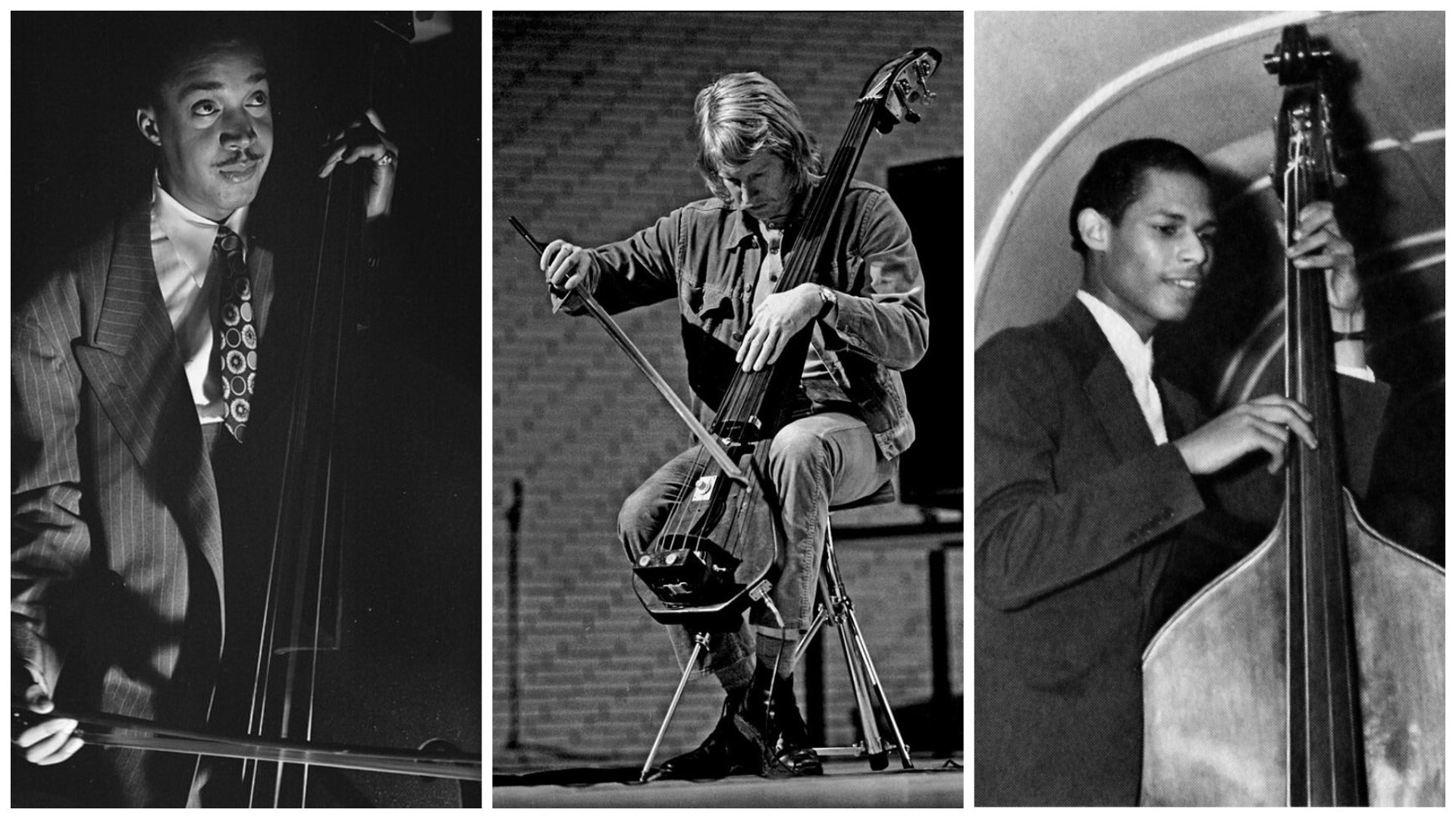
Playing with a Bow on the Double Bass in Jazz and Other Modern Styles of Music
The double bass, also called the upright bass, has played a foundational role in various musical genres, including classical and jazz, for a long time. Although the upright bass was traditionally associated with the pizzicato technique, involving plucking the strings, many musicians started to combine this instrument with a bow to produce interesting sound textures.
The Evolution of the Bow Technique
Traditionally, the double bass is associated with its deep resonance timbre. Mostly, we see it being played with the fingers because it has always been played in such a way in jazz as the dominant bass instrument for decades. However, as the jazz genre evolved, musicians started embracing broader sonic landscapes. They began to explore ways of reaching new possibilities through the usage of the bow. With its help, musicians achieved a great variety of palettes of sounds, textures, and articulations that significantly expanded the role of this instrument in contemporary music.

The technique of playing with a bow is called "arco" and helps produce a smooth, sustained sound compared to the pizzicato technique. Double bass players in orchestral settings mostly use bows, unless the score demands incorporating pizzicato. Drawing inspiration from orchestral traditions, early jazz bassists like Slam Stewart and Jimmy Blanton started using bowing techniques in their playing, opening a new dimension of expression within this genre.
Slam Stewart combined a melodic and virtuosic bowing technique with vocal-style improvisation; Jimmy Blanton introduced a more soloistic approach to the instrument through using a bow for expressive, lyrical lines. Apart from them, many other musicians favored the bow technique. A German bassist Eberhard Weber utilized the bow to create atmospheric and textural elements; Dave Holland used the bow to add an experimental edge to his playing; John Patitucci, widely recognized for his work in contemporary jazz and fusion, incorporated bowing techniques to add a layer of expression and sophistication to the performance.

Exploring Tonal Range
The use of the bow on the double bass in jazz and modern styles allows players to expand the tonal range. It helps create sustained notes, a more vocal quality with rich and expressive sounding. Jazz bassists use the bow to produce long, singing lines that soar over the ensemble, adding a layer of emotion and drama to compositions.
By varying bow pressure, speed, and positioning on the strings, musicians can achieve various articulations, from smooth legato lines to crisp staccato notes. This flexibility allows shaping the musical phrases with nuance and precision, filling the compositions with a more expressive mood.
In modern jazz and fusion, the use of a bow on the double bass means blending tradition with modernity. While drawing inspiration from classical bowing techniques, modern bassists extend and improve techniques and harmonics, creating a fusion of styles.
Arco in Modern Genres
The double bass's versatility with the bow remains a valuable option for musicians to expand the expressive possibilities of this instrument in various musical contexts.
- Contemporary jazz and fusion bassists often use bowing to create lush textures and atmospheres that go beyond conventional jazz norms.
- Avant-garde and experimental genres provide a platform for bassists to use this technique to produce unique sounds such as eerie drones.
- In contemporary classical music, double bassists integrate traditional bowing techniques to expand their experimental approaches.
- In ambient and new age genres, double bassists using bowing create rich and resonant soundscapes with harmonic overtones that add depth to compositions.
- In alternative and indie rock subgenres, the double bass adds a unique, organic sound within experimental sonic palettes.
- Progressive rock bands may incorporate the double bass with bowing to bring classical or avant-garde elements into their compositions, making their music more sophisticated.
- In film and TV scoring, the use of the bow helps to create cinematic textures with a powerful dramatic impact.
If you're interested in trying bowing technique on the upright bass, or maybe you have already successfully used it for making your music more authentic, we recommend checking out our bass bow quiver and bass bow case, ready to accompany you on your way to reaching new heights.



 https://mgleatherwork.com/pages/about-us
https://mgleatherwork.com/pages/about-us
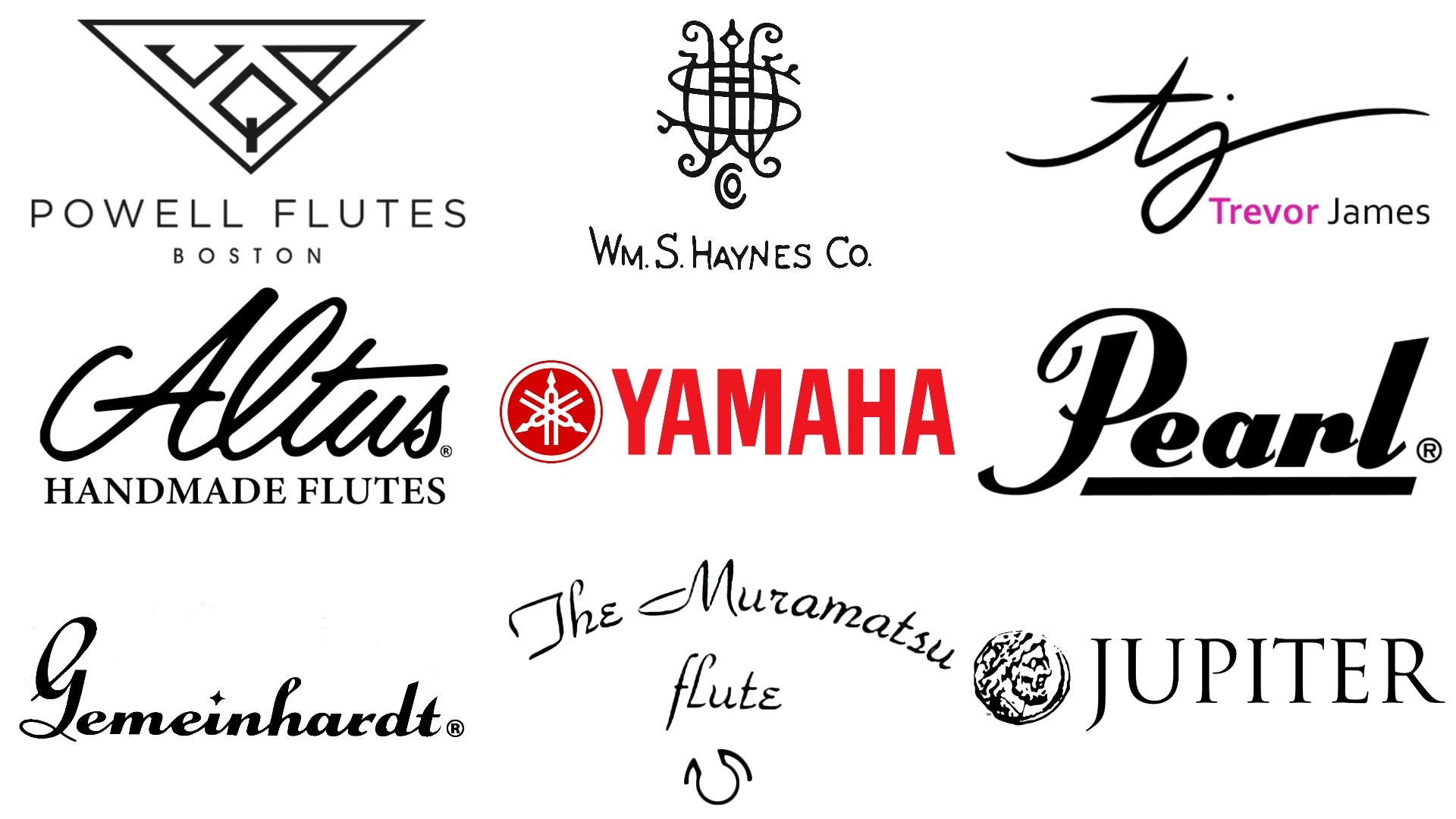


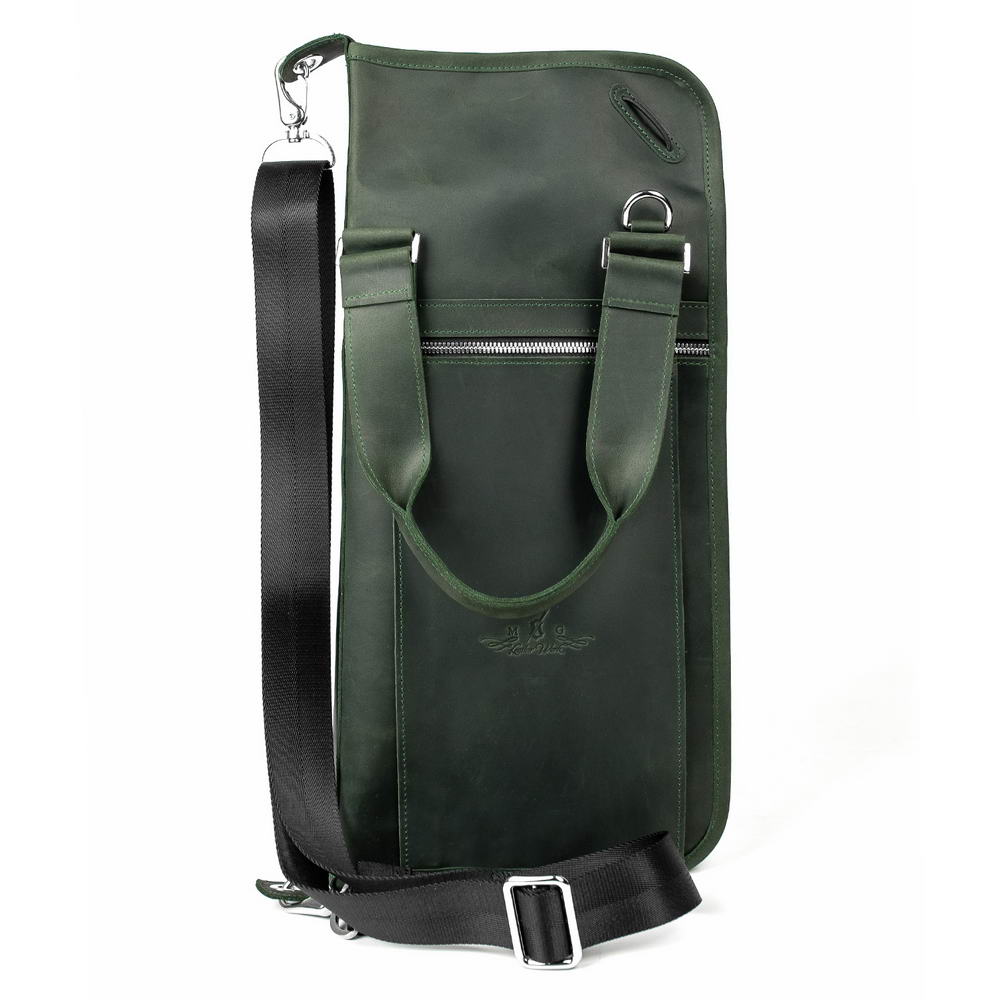
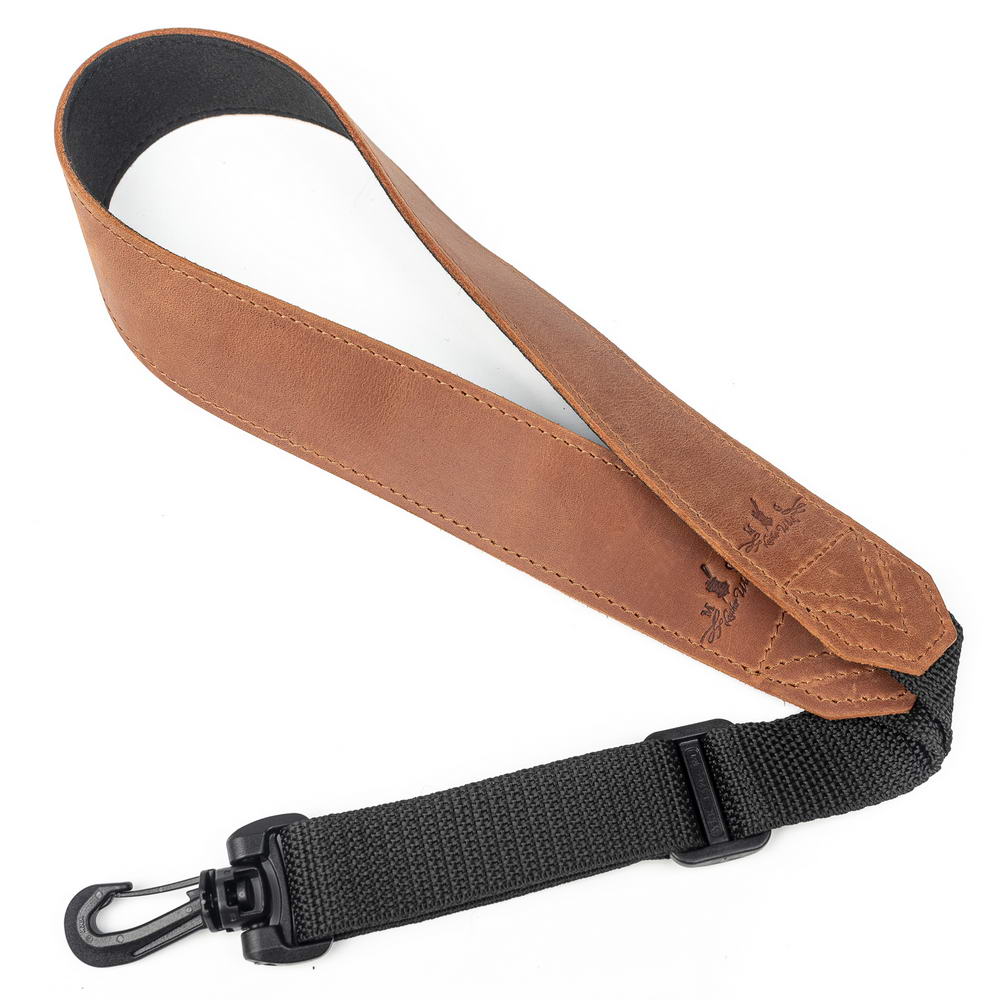
Leave a comment
This site is protected by hCaptcha and the hCaptcha Privacy Policy and Terms of Service apply.